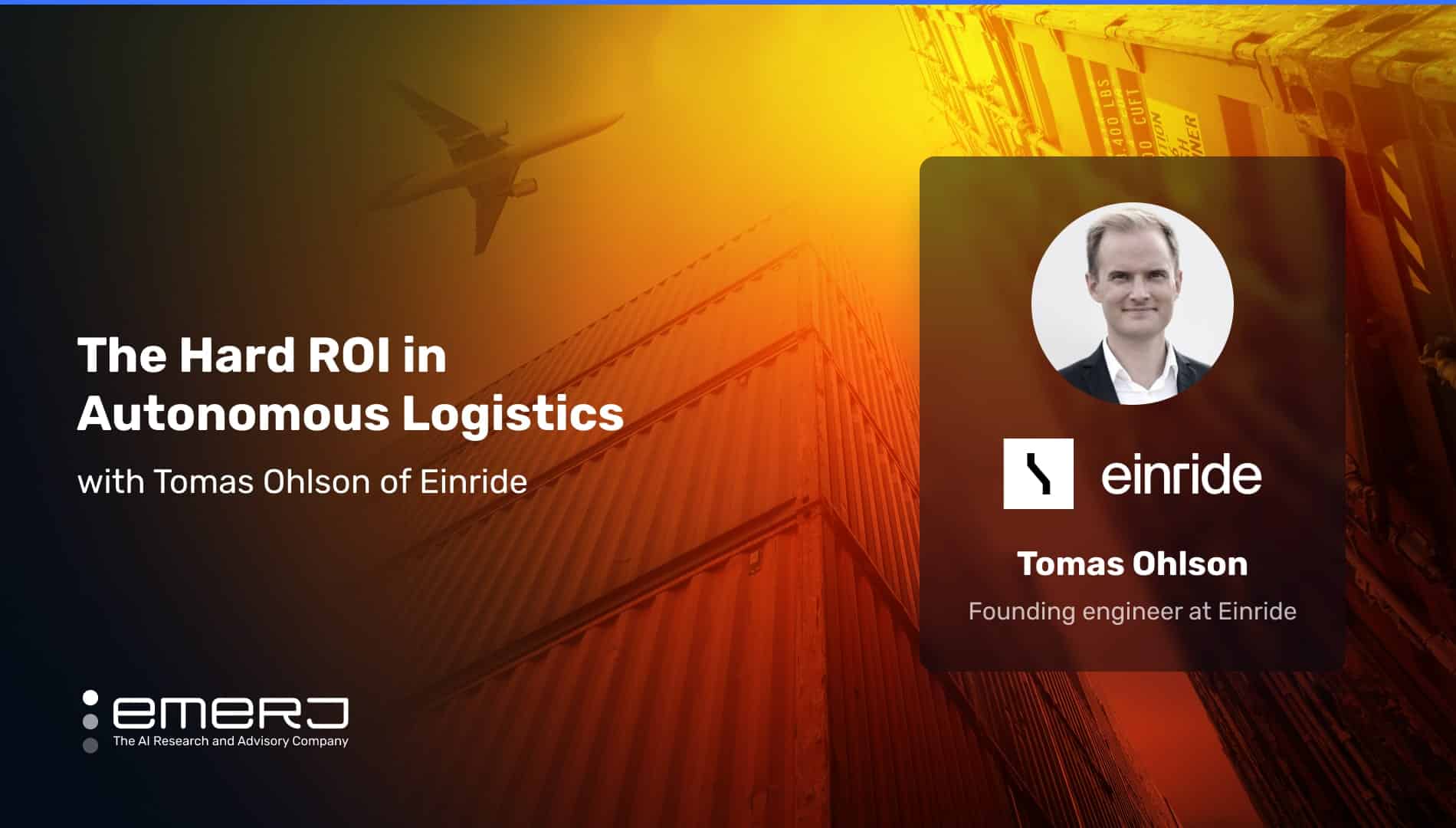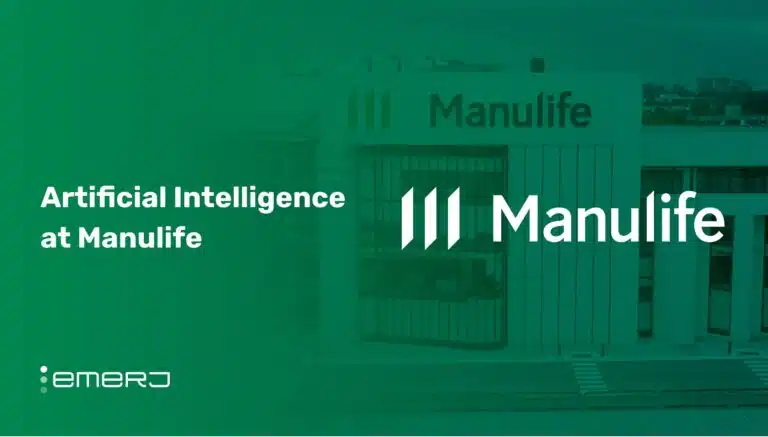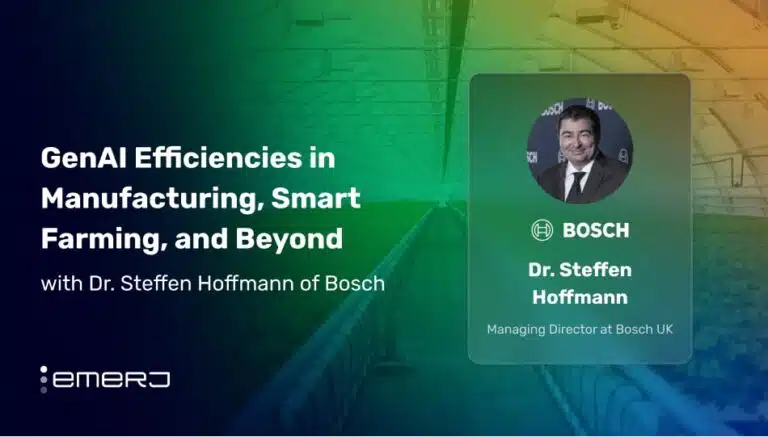Founded in 2016 and headquartered in Stockholm, Sweden, Einride is a Swedish transport company specializing in electric and self-driving vehicles. The company believes climate change is the most crucial challenge facing our world today, and makes that more desirable and ecologically sustainable future possible through developing sustainable transportation solutions.
According to the U.S. Department of Transportation’s Bureau of Transportation Statistics, in 2022 alone, the demand for transportation accounted for 9% of GDP at $2.3 trillion. Simply put, Americans have places to go and need a way to get there. Despite this pressing need, merely ignoring climate change is no longer an option.
The damage caused by climate change is estimated to have a global cost between $1.7 trillion and $3.1 trillion per year by 2050, according to the World Economic Forum, and according to the Environmental Protection Agency, it is the transportation sector that generates the most significant percent of greenhouse emissions.
Emerj Senior Editor Matthew DeMello recently sat down with Tomas Ohlson, Founding Engineer of Einride, on the ‘AI in Business’ podcast to talk about the impact electric and autonomous vehicles have on streamlining logistics workflows and providing cost reductions in multiple areas, including energy use and inventory prediction.
In addition to discussing the benefits of an automation-first approach in honing in on where human judgment and supervision in supply chains fit best, the following article will focus on two key takeaways from their conversation:
- Recognizing the right place in workflows for human judgment and supervision: Complementing automation with human judgment and supervision to make automated systems run smoothly.
- Transitioning from human-led vehicles to autonomous solutions: Including remote operators when transitioning from human-operated electric cars to autonomous vehicles to minimize engineering challenges and reduce the costs of autonomous systems.
Listen to the full episode below:
Guest: Tomas Ohlson, Founding Engineer and Senior Vice President, Automated Driving System at Einride.
Expertise: Autonomous technology, Engineering.
Recognition: Before his time at Einride, Ohlson was the Co-founder of TrueFlow, an indoor-positioning product company, and served as CTO from 2014 through 2017.
Recognizing the Right Place in Workflows for Human Judgment and Supervision
An automation-first approach helps provide a better understanding of the best places for human judgment and supervision in the supply chain.
Ohlson begins his podcast appearance by addressing the most significant challenges currently facing logistics and freight. He acknowledges that the biggest revolution in the freight industry was the introduction of the container in the 1950s, and he concedes that OEMs have been struggling to achieve ecological sustainability,
When asked about the market problems that exist, Ohlson indicates that they are the result of how the market is set up. He explains how the market is set up like a diesel value chain with OEMs providing trucks to owner-operators. He emphasizes that, in the U.S., 87% of the freight is conducted by owner-operators, describing it as one of the most fragmented markets in the global economy.
He continues, explaining how freight carriers divide their services to owner-operators and sell that capacity to shippers, who then provide needed services to consumers.
Ohlson mentions how each part of the system has its optimization loops and how the whole system isn’t optimized for its end goal, which is moving freight. Owner-operators are negatively affected the most by unsustainable working conditions and wages. He acknowledges that the situation might even be worse in Europe than it is in America.
From the discussion with Ohlson, it is apparent that Einride’s focus is on the ground floor in terms of coming up with solutions. When asked if he thinks the problems will be alleviated from only a bottom-up approach, Ohlson acknowledges that there are many parts to the situation.
He first refers to public policies that have been enacted, which create situations where it is increasingly risky to use diesel because of the cost, explaining that early movers in the industry have an advantage by having the infrastructure built out.
Ohlson recommends that companies respond to the status quo with a dual approach: clear strategy messaging on how these systems will be deployed into the value chain. They need policies that make sure the market functions properly.
When Ohlson was asked about how data makes a difference in efficiencies, he described what the promise of electric vehicles offers in requiring less maintenance and less fuel costs for a longer lifetime. With the volume of cars used on such a basis, there are also tremendous cost savings in the aggregate, he insists.
Ohlson also describes the three constraints that need to be controlled to drive efficient electric trade:
- Range
- Cost
- Charge
Optimizing around these three limitations is needed to achieve efficient electric trade, and optimization is dependent on having the required data. Ohlson notes in specific terms that Making an efficient system is dependent on the ability to get granular information out of a system. In terms of the applicable AI capabilities, he also notes that any system that has massive complexity and data provides an opportunity for machine learning solutions.
Transitioning from Human-Operated vehicles To Autonomous Solutions
When asked where he sees human judgment in autonomous freight workflows to ensure freight is getting to the correct locations on time, Ohlson starts by explaining the decreasing role that human supervision has over time.
He explains how, initially, there is more human supervision, even if it’s just a tiny part that’s being automated. He thinks the focus should be on that increased productivity and that autonomous freight is another technology that can improve human lives and improve their living standards.
He then turns to discuss the more significant transition to autonomous driving systems, recounting predictions that there will be a million level-5 vehicles by 2019, all fully autonomous. He points out that if you look at both the standards coming out and what companies are actually doing, there is ultimately a human component included. Above all, Ohlson insists more companies are talking about that now but mentions how Einride is different.
“We’ve said since the early days that this is yet another automation system,” he differentiates. Ohlson also clearly acknowledges that there will be better solutions for some types of transport. He mentions, however, that there is still a significant segment of transport that his company can use this technology to derive value early, and that has been their focus from the beginning.
When asked about what human supervision looks like where the freight workflows are most autonomized, Ohlson emphasizes that the vehicles need to be safe on their own but that supervision is needed to catch degradation. In practice at Einride, Ohlson notes that his company provides movement of freight from origin to destination in one of two ways:
- Manned electric vehicles
- Autonomous electric vehicles
He points out that when Einride deploys systems to customers, there are occasions when they begin with human-led vehicles that they later exchange for autonomous vehicles.
Ohlson goes on to describe how these autonomous vehicles are different from the trucks that are usually used to carry freight. Those are equipped with a lot more safety features that ensure the vehicles can always reach a safe state.
He further explains how having autonomous vehicles leads to a shift in processes regarding how loading and unloading are handled. He fully acknowledges that this can make the implementation process more complex and notes the need for remote operators as part of the transition process to autonomous vehicles.
According to Ohlson, remote operators can monitor data from the vehicles’ cameras and intervene when needed. He goes on to affirm that having this human component reduces the engineering challenges and reduces the costs of autonomous systems.
Summing up his observations on the benefit of human supervision, Ohlson notes: “People at the site know that somebody is watching over this system — an extra safety precaution on top of an already safe system that’s well verified is something that adds a lot more trust to the vehicle.”

















